There’s a certain odd fascination with animal sports that captivates audiences worldwide. Yet, when you dig a bit deeper into the events themselves, you might find yourself questioning just how these competitions are still a thing. From quirky traditions to ethically questionable practices, some animal races seem to be more about human amusement than the well-being of the participating creatures. Here are 13 animal sport races that are so bizarrely wrong, they’ll make you wonder about their legality—and the logic of those who cheer them on.
1. Ostrich Racing

You might have seen an ostrich in a zoo, towering over you with its long neck and curious gaze. But in some parts of the world, these birds are saddled up and raced for sport. The sight of humans attempting to ride an ostrich might be laughable at first, but the implications for the birds aren’t funny at all. These animals, not naturally built for carrying heavy loads, are often stressed and injured during races.
The Humane Society International has raised concerns about the welfare of ostriches in such races, highlighting the physical strain and psychological stress caused by such unnatural activities. The birds’ legs and spines can suffer damage due to their use in racing, which is not an activity their bodies are adapted for. It’s a prime example of how far people will go for entertainment, at the expense of an animal’s well-being. The debate continues on whether culture and tradition can justify such events.
2. Camel Wrestling
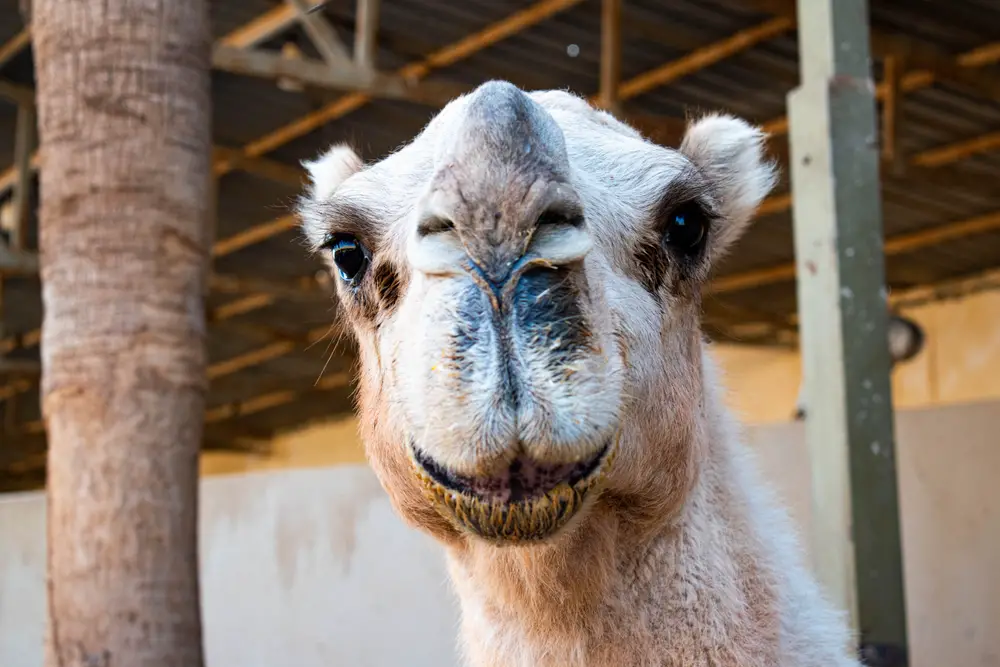
Camel wrestling might sound like a scene out of a bizarre comedy movie, but it’s an actual event held in Turkey. During these matches, two male camels are pitted against one another, encouraged to push and shove their way to victory. Often, the “wrestling” is more of a shoving match, but the potential for harm is significant. Camels can suffer bites, cuts, and other injuries, not to mention the stress of being forced into such confrontations.
Many defenders of the tradition argue that camel wrestling is a part of cultural heritage, akin to bullfighting or rodeos found elsewhere. Yet, the question remains whether tradition is reason enough to continue practices that might harm animals. Critics point out that with evolving societal values, there’s a need to reassess such customs. Meanwhile, animal welfare advocates call for stricter regulations or outright bans to protect the camels involved.
3. Horse Diving

Horse diving is one of those things that sounds like a bad joke, but it was a real attraction back in the early 20th century. It involved a horse and a rider plunging off a platform into a pool below. The spectacle drew crowds, but the impact on the horse, both physically and emotionally, was often traumatic. Although officially banned in the 1970s, whispers of revivals occasionally surface, much to the horror of animal rights organizations.
A report by the American Society for the Prevention of Cruelty to Animals emphasizes the unnecessary risk and stress placed on horses in such stunts. They contend that while horses are capable of swimming, the forced dives are unnatural and potentially harmful. The organization has continually lobbied against any attempts to bring back this dangerous sport. Discussions around it serve as a reminder of how thrill-seeking can sometimes overshadow compassion.
4. Elephant Polo

In elephant polo, the traditional game of polo is played atop elephants instead of horses. Found in countries like Thailand and Nepal, this sport replaces equine agility with pachyderm power. While it might seem like a unique twist on a classic game, the ethical concerns are significant. Elephants endure extensive training, often involving harsh methods, and the physical demands placed on them during matches are immense.
Opponents highlight the conflicting nature of promoting conservation while engaging in activities that exploit these majestic creatures. Elephants are used for their strength, yet the sport disregards their natural behavior and needs. Many animal rights groups advocate for the end of elephant polo, citing it as an unnecessary and outdated form of entertainment. The ongoing debate focuses on finding a balance between preserving cultural practices and ensuring animal welfare.
5. Pig Racing
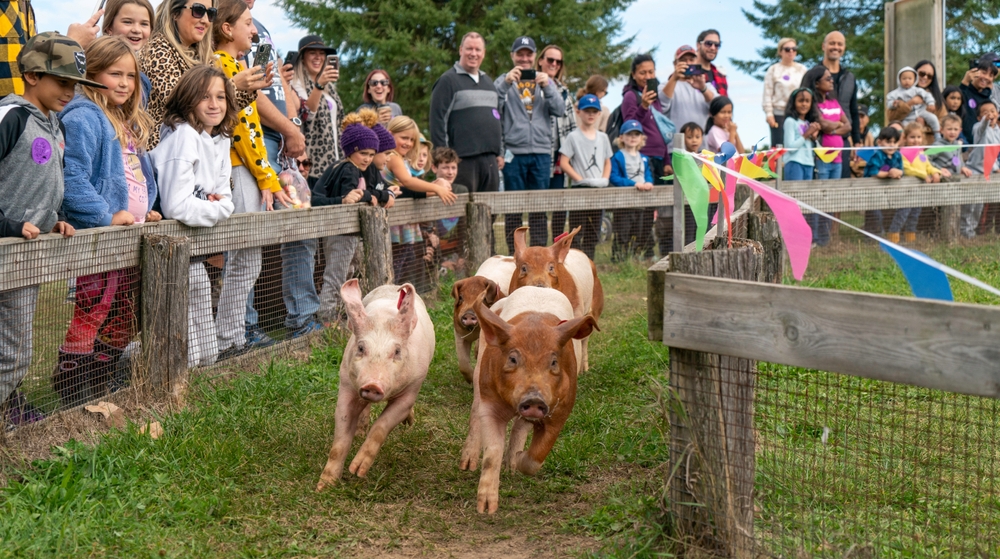
Pig racing might be a staple at fairs and farm shows, especially across the United States, where it’s seen as light-hearted family fun. Pigs, often with comical names, race around tracks to the delight of spectators. While it seems harmless, questions about the welfare and dignity of the pigs arise. These intelligent animals might experience stress and discomfort, not to mention the questionable conditions they might be kept in when not racing.
A study published in the Journal of Animal Science highlights that pigs are highly intelligent and sensitive creatures, capable of experiencing stress much like humans. The researchers argue for better living conditions and more humane treatment across the board for these animals, regardless of their role in entertainment. This call for empathy is a reminder that even seemingly innocuous traditions can have underlying ethical implications. As awareness grows, so does the push for kinder treatment of our porcine friends.
6. Llama Racing
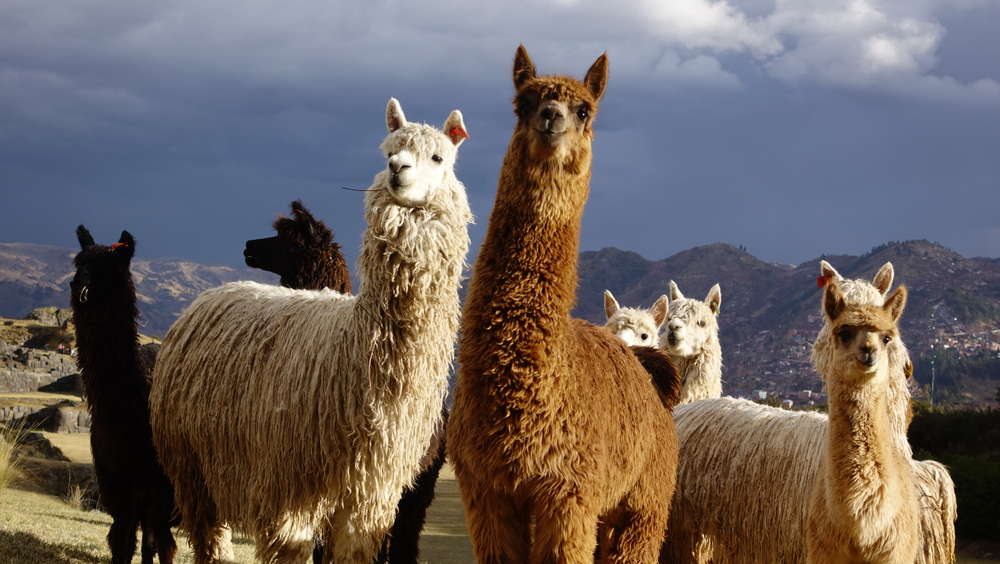
Llama racing is as surreal as it sounds; these gentle creatures are coaxed into sprinting down tracks, often with humans in tow. Found primarily in South America, it’s a sport that combines elements of tradition and novelty. Yet, the pressure to perform can be taxing on llamas, who are more accustomed to leisurely grazing than high-speed pursuits. Accidents and injuries are not unknown, raising concerns about the sport’s impact on llama welfare.
While some participants argue that the races are a tribute to the llamas’ speed and agility, critics suggest it’s more about human entertainment than honoring the animals. The welfare of these creatures often takes a backseat to the thrill of competition. Animal welfare organizations argue for better safety protocols and humane treatment during these events. The conversation is ongoing, and it’s clear that what’s entertaining for people isn’t always fair to animals.
7. Greyhound Racing

Greyhound racing has been a contentious issue for years, with advocates and opponents clashing over the ethical considerations of the sport. Racing greyhounds are bred for speed, but many face neglect and mistreatment once they are no longer profitable. Injuries are common, and many dogs suffer from poor living conditions both during and after their racing careers. It’s a stark reminder that the need for speed often comes at a high cost.
According to a report by the Greyhound Protection League, thousands of racing dogs are abandoned or euthanized each year, highlighting the disposable nature of the industry. The report calls for stricter regulations and improved welfare standards to protect these animals. Some countries have already implemented bans or restrictions, but the practice persists in many places. The debate continues as society grapples with how best to balance tradition, entertainment, and animal welfare.
8. Donkey Basketball
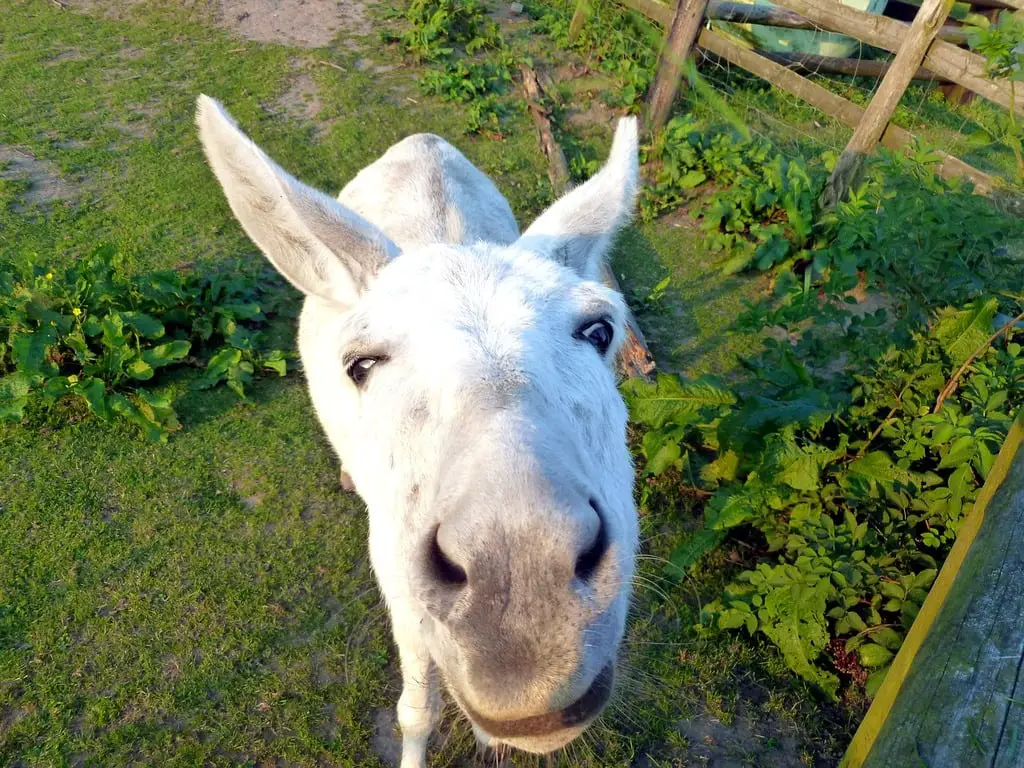
Donkey basketball is exactly what it sounds like: a game of basketball played while riding donkeys. Popular in rural America as a fundraiser or community event, it’s often seen as harmless fun. But the donkeys, used more as props than participants, can suffer from stress and confusion. They are not naturally inclined to run or follow complex instructions, making the entire setup rather unfair to the animals.
Many animal welfare groups have spoken out against donkey basketball, pointing to the potential for injury and distress. Critics argue that using animals in such a degrading manner for entertainment is outdated and unethical. While supporters claim that it raises funds for good causes, the question is whether those funds justify the means. As the debate goes on, more communities are reconsidering the value of such events.
9. Ferret Legging

Ferret legging sounds like a bizarre urban legend, but it was once a popular endurance challenge in England. The “sport” involves placing two live ferrets inside one’s trousers and seeing how long the person can endure it. Although it was never a formalized sport, the implications for the ferrets are quite serious. The animals can become distressed and agitated, which is not surprising given the cramped, unfamiliar conditions.
While ferret legging has largely faded from public consciousness, it occasionally resurfaces as a curious talking point. Animal rights activists have long condemned the practice as needlessly cruel and bizarre. Beyond the obvious discomfort for the ferrets, the activity serves no purpose other than to entertain. As society grows more conscious of animal welfare, such antics are viewed increasingly as relics of a less empathetic past.
10. Rabbit Show Jumping

Rabbit show jumping is a whimsical take on equestrian sports, where rabbits hop over miniature hurdles in timed events. Originating in Sweden, the sport has gained popularity in other parts of the world. While it seems like good clean fun, the pressure of competition can take its toll on these small creatures. Not all rabbits are suited to the rigors of training and competition, leading to stress and potential injuries.
Advocates argue that with proper care and training, rabbit show jumping can be a safe and enjoyable activity for both rabbits and handlers. However, animal rights organizations stress the importance of prioritizing the rabbits’ welfare over competitive success. They emphasize the need for careful selection of rabbits that actually enjoy jumping, as opposed to those forced into it. The sport’s lighthearted nature belies the serious considerations needed to ensure it remains humane.
11. Turtle Racing

Turtle racing involves coaxing turtles to race each other over short distances, often for amusement at fairs or fundraisers. It sounds harmless enough, given the slow pace of turtles, but the impact on their well-being can be significant. The stress of handling and the unnatural environment can be harsh on these creatures, who are much happier in their natural habitats. Additionally, the races often lack any form of regulation, leaving room for mistreatment.
Critics point out that turtle racing trivializes the lives of these creatures, reducing them to mere entertainment. Despite their hard shells, turtles are sensitive animals that require specific care and handling. Animal welfare groups advocate for the cessation of turtle racing in favor of more compassionate forms of entertainment. As awareness grows, the hope is that such practices will become a thing of the past.
12. Pigeon Racing
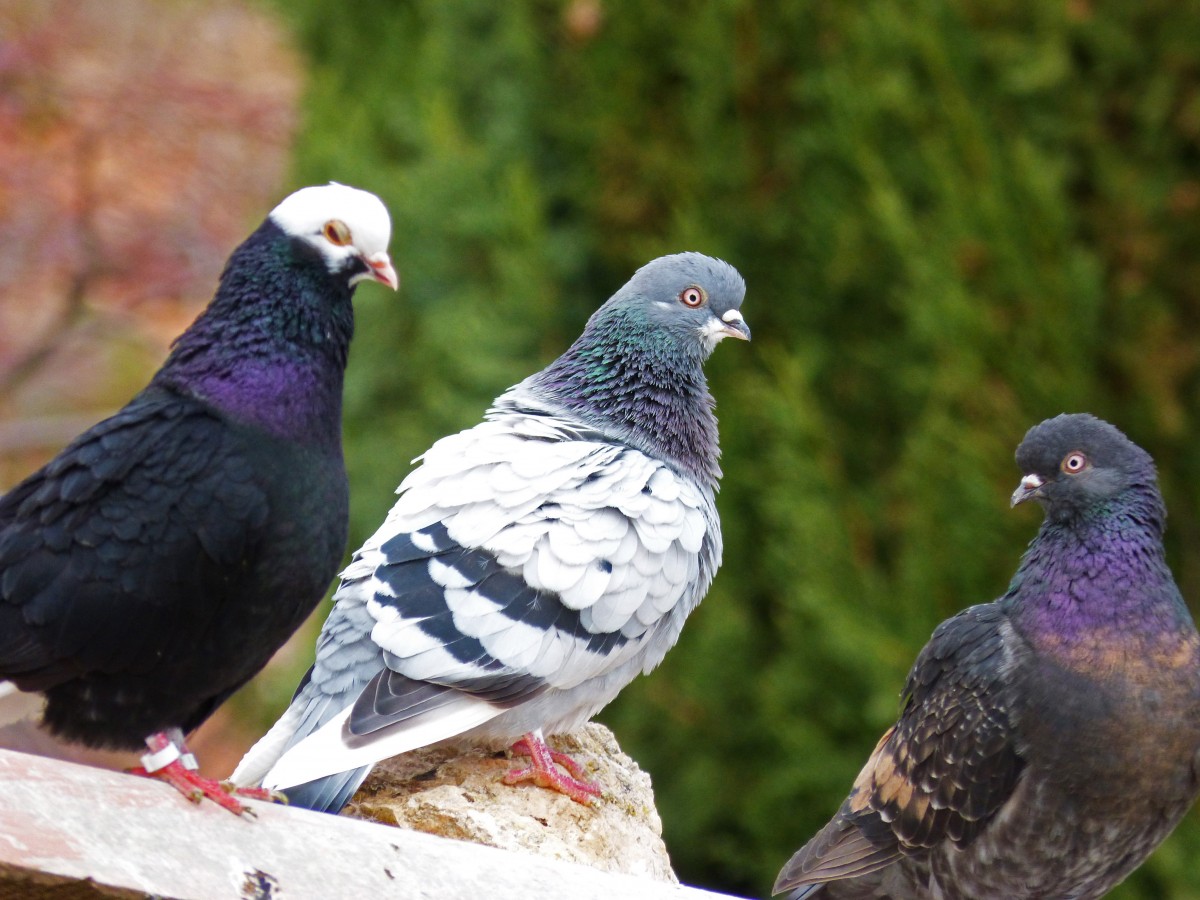
Pigeon racing might not seem as rough-and-tumble as other animal sports, but it carries its own ethical dilemmas. Bred for speed and homing abilities, pigeons are released miles away from their home lofts to see which bird returns first. The sport places incredible pressure on these birds, and many do not survive the journey due to exhaustion or predation. This high-stakes environment treats pigeons as expendable commodities rather than living beings.
According to a study published in the European Journal of Wildlife Research, the physical demands of pigeon racing often exceed the birds’ natural limits. The authors call for a reevaluation of the sport, suggesting that competitive racing should prioritize the pigeons’ health and safety. The debate highlights the sometimes overlooked welfare concerns of avian species. As attitudes shift, it’s hoped that more ethical practices will emerge.
13. Sheep Racing
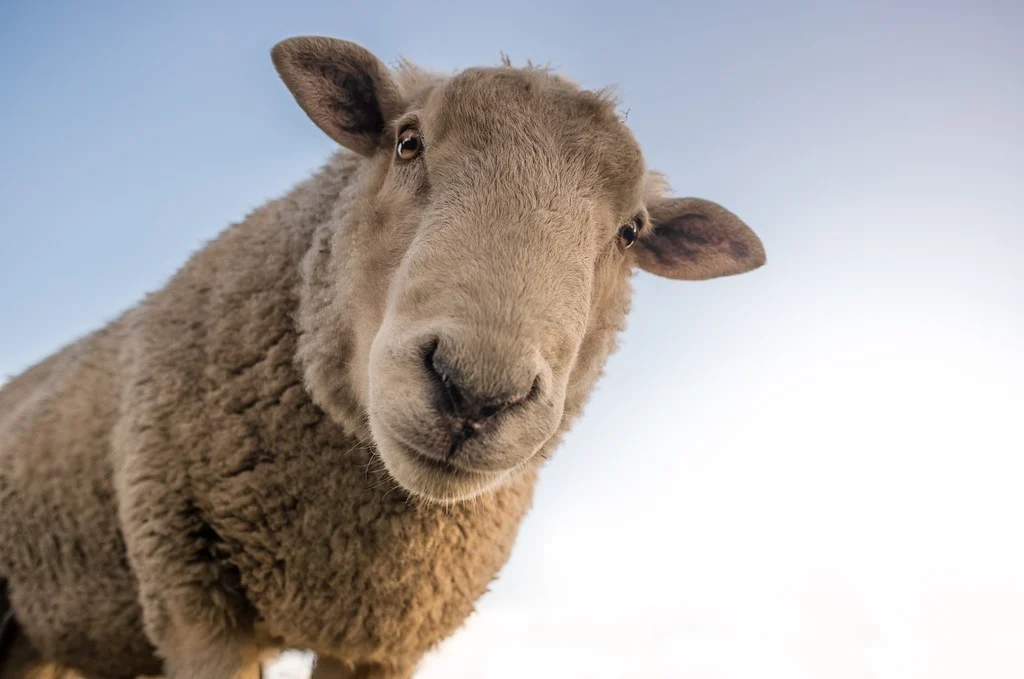
Sheep racing is another unusual spectacle, found mainly at agricultural shows in the UK. With toy jockeys strapped on their backs, sheep are made to run down tracks to the cheers of spectators. While it might be intended as light-hearted family fun, the physical toll on the sheep can’t be ignored. The stress of racing coupled with the unnatural environment can lead to injuries.
Animal welfare advocates argue that sheep racing undermines the dignity of these animals, reducing them to mere entertainment tools. The practice raises questions about the ethics of using animals in such a manner, particularly when there is no inherent benefit to the animals themselves. Critics call for a shift towards more humane forms of entertainment that respect animal welfare. As society becomes more conscious of these issues, such traditions are increasingly scrutinized.
